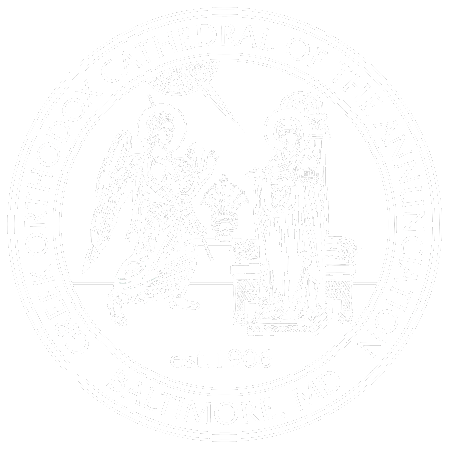The Orthodox Faith
An ever-growing number of persons from various backgrounds are becoming interested in the Orthodox Church. These individuals are discovering the ancient faith and rich traditions of the Orthodox Church. They have been attracted by her mystical vision of God and His Kingdom, by the beauty of her worship, by the purity of her Christian faith, and by her continuity with the past. These are only some of the treasures of the Church, which has a history reaching back to the time of the Apostles. The Orthodox Church embodies and expresses the rich spiritual treasures of Eastern Christianity. While the West was concerned with the Passion of Christ and the sin of man, the East emphasized the Resurrection of Christ and the deification of man. While the West leaned toward a legalistic view of religion, the East espoused a more mystical theology. Since the Early Church was not monolithic, the two great traditions existed together for more than a thousand years until the Great Schism divided the Church. Today, Roman Catholics and Protestants are heirs to the Western tradition, and the Orthodox are heirs to the Eastern tradition. Occasionally, the word Catholic is also used to describe the Orthodox Church. This description is embodied in the Nicene Creed, which acknowledges One, Holy, Catholic, and Apostolic Church. From the Orthodox perspective, Catholic means that the Church is universal and also that she includes persons of all races and cultures. It also affirms that the Church has preserved the fullness of the Christian faith. It is not unusual for titles such as Greek, Russian, and Antiochian to be used in describing Orthodox Churches. These appellations refer to the cultural or national roots of a particular parish, diocese, or archdiocese. The Orthodox Church is an international federation of patriarchal, autocephalous, and autonomous churches. Each church is independent in her internal organization and follows her own particular customs. However, all the churches are united in the same faith and order. The Orthodox Church acknowledges that unity does not mean uniformity. Each Church is led by a synod of bishops. The president of the synod is known as the Patriarch, Archbishop, Metropolitan, or “Catholicos”. Among the various bishops, the Ecumenical Patriarch of Constantinople is accorded a place of honor and is regarded as “first among equals”. By Rev. Fr. Thomas Fitzgerald
| The history of the Greek Orthodox Church can be described as a history of prayer through song. Following the ancient Greek philosophers, the Fathers of the Church recognized the profound impact music has on souls and adopted it as a tool of instruction and edification. The music of the Church came to be known as the Psaltic Art and later as Byzantine music. The latter term is indicative of the paramount significance of Byzantium-Constantinople, the capital of the Eastern Roman Empire, in the genesis, growth, and development of this tradition. Holy WeekHoly Week, in its yearly and faithful enactment, teaches us that Christ' love for us could not be crushed. The message which He shared could not be stilled. The large stone could not contain Him in the terrible darkness of that tomb. Jesus Christ also rose from the dead. And together with Him, there arose every hope that we have for mercy, strength, perseverance, and everlasting life. Read more at goarch.orgSaint and Feast DaysView a full calendar of Saint and Feast Days at the Greek Orthodox Archdiocese of America website. View at goarch.org |



